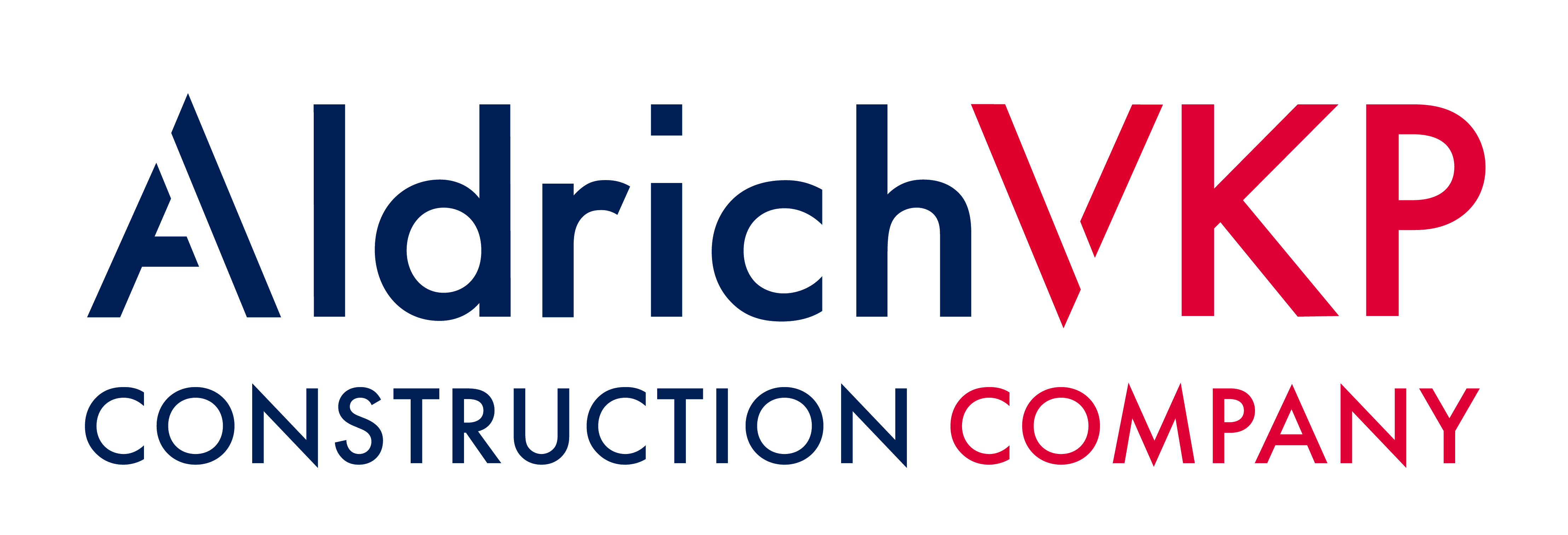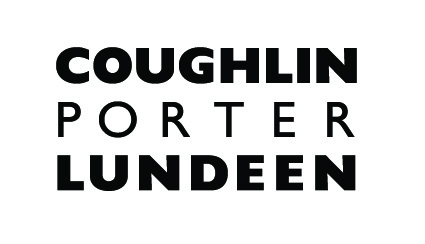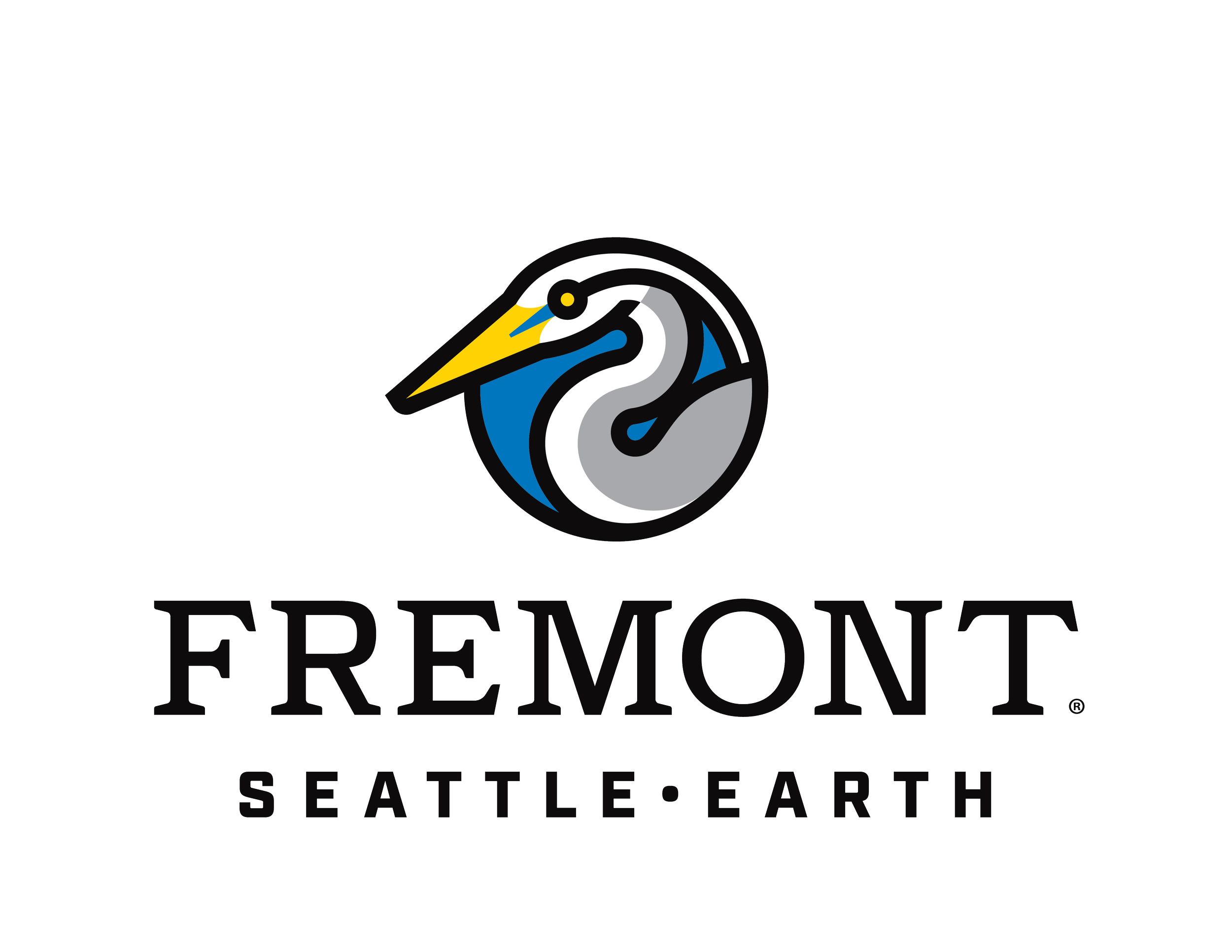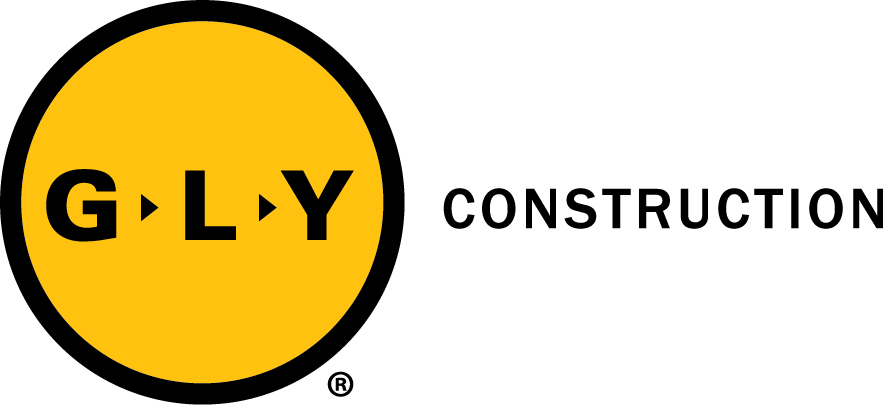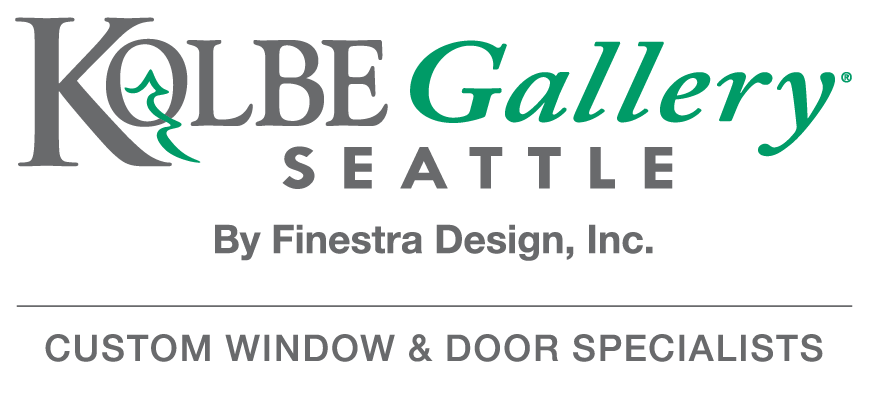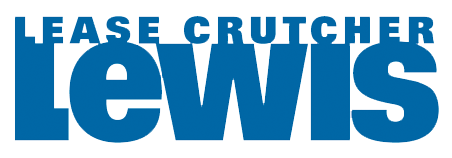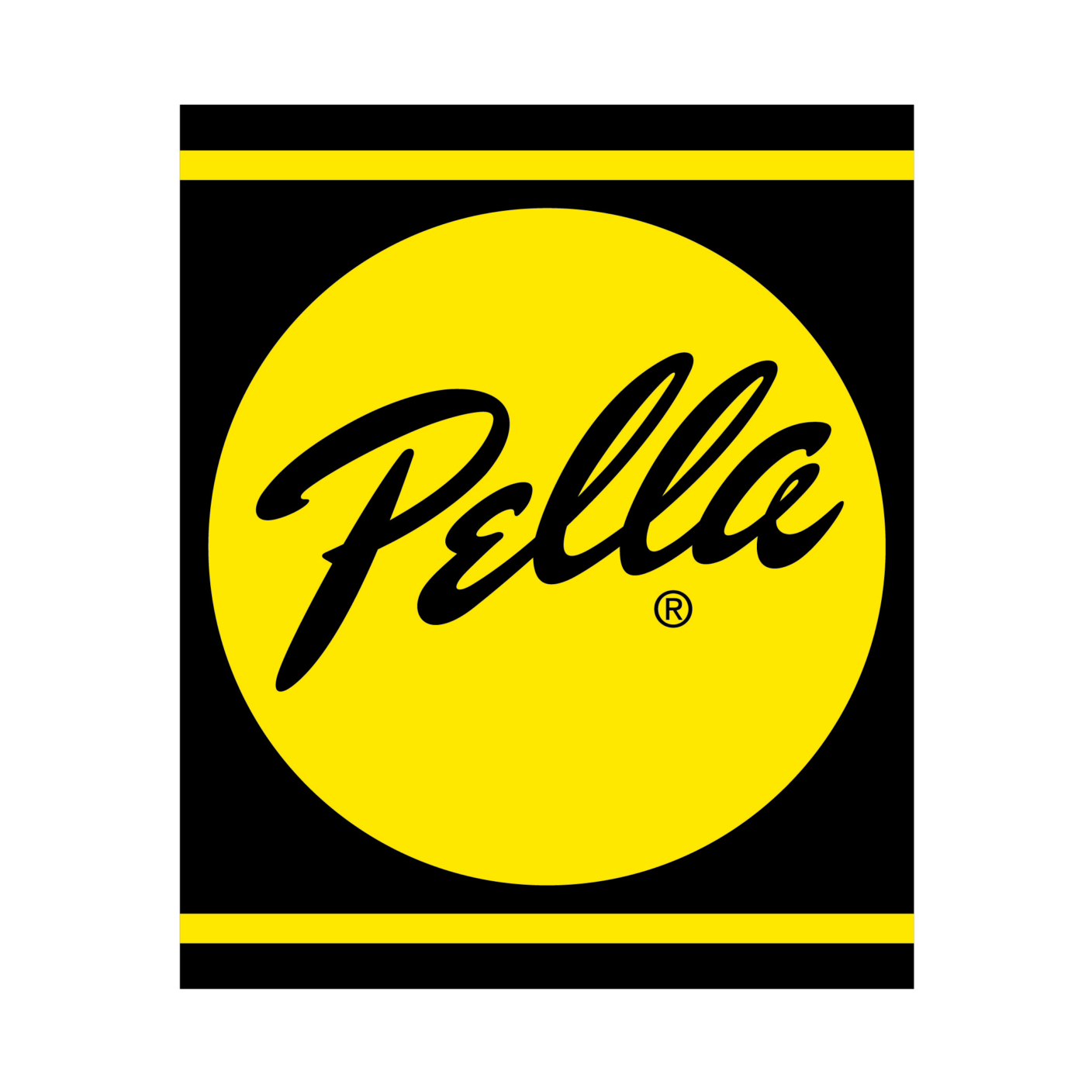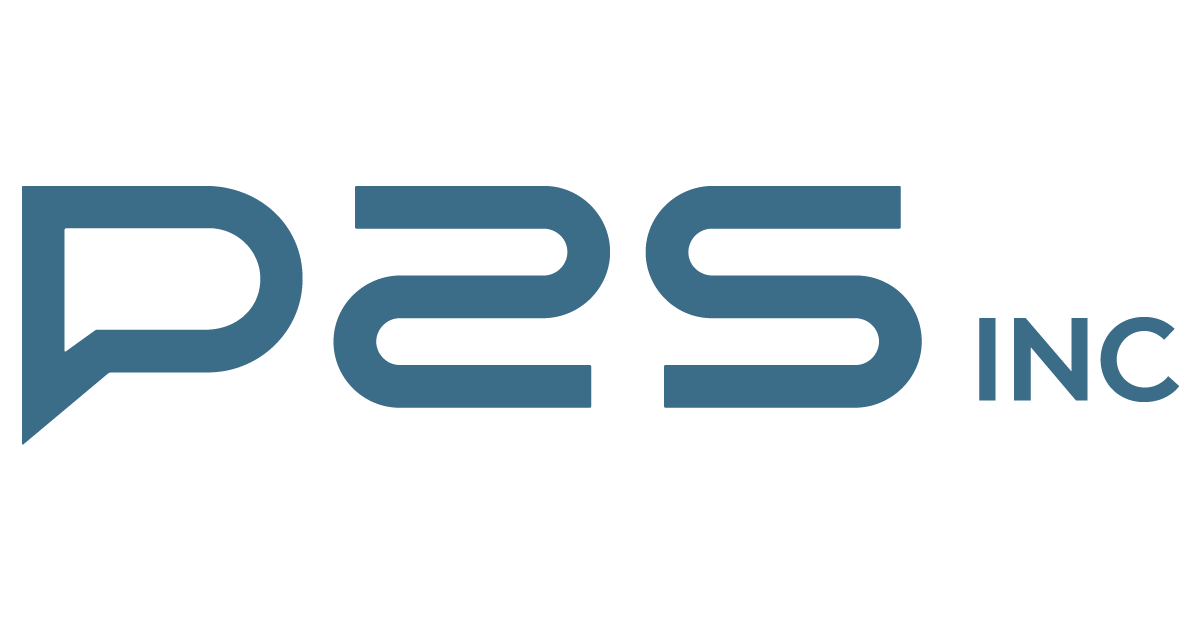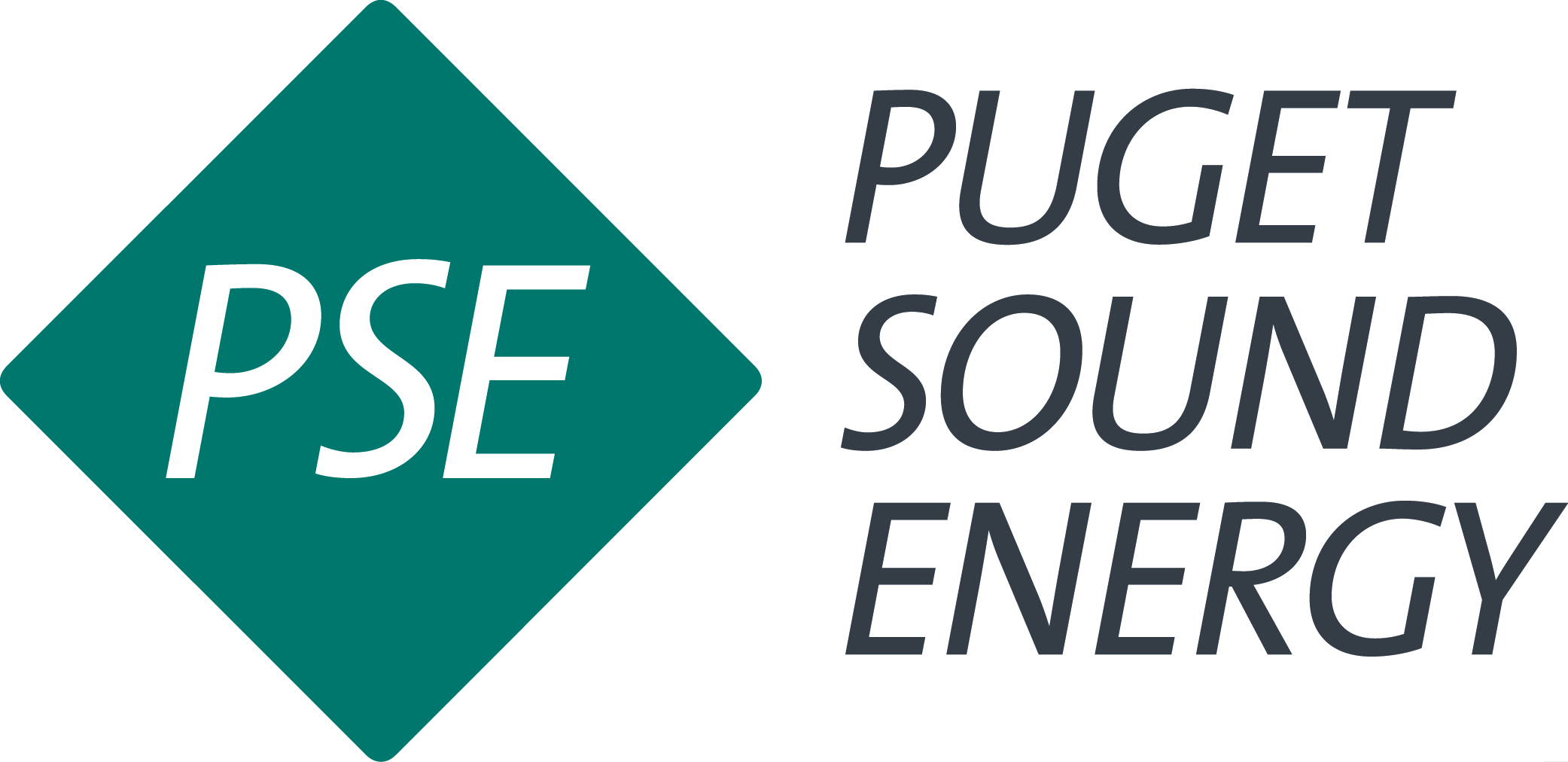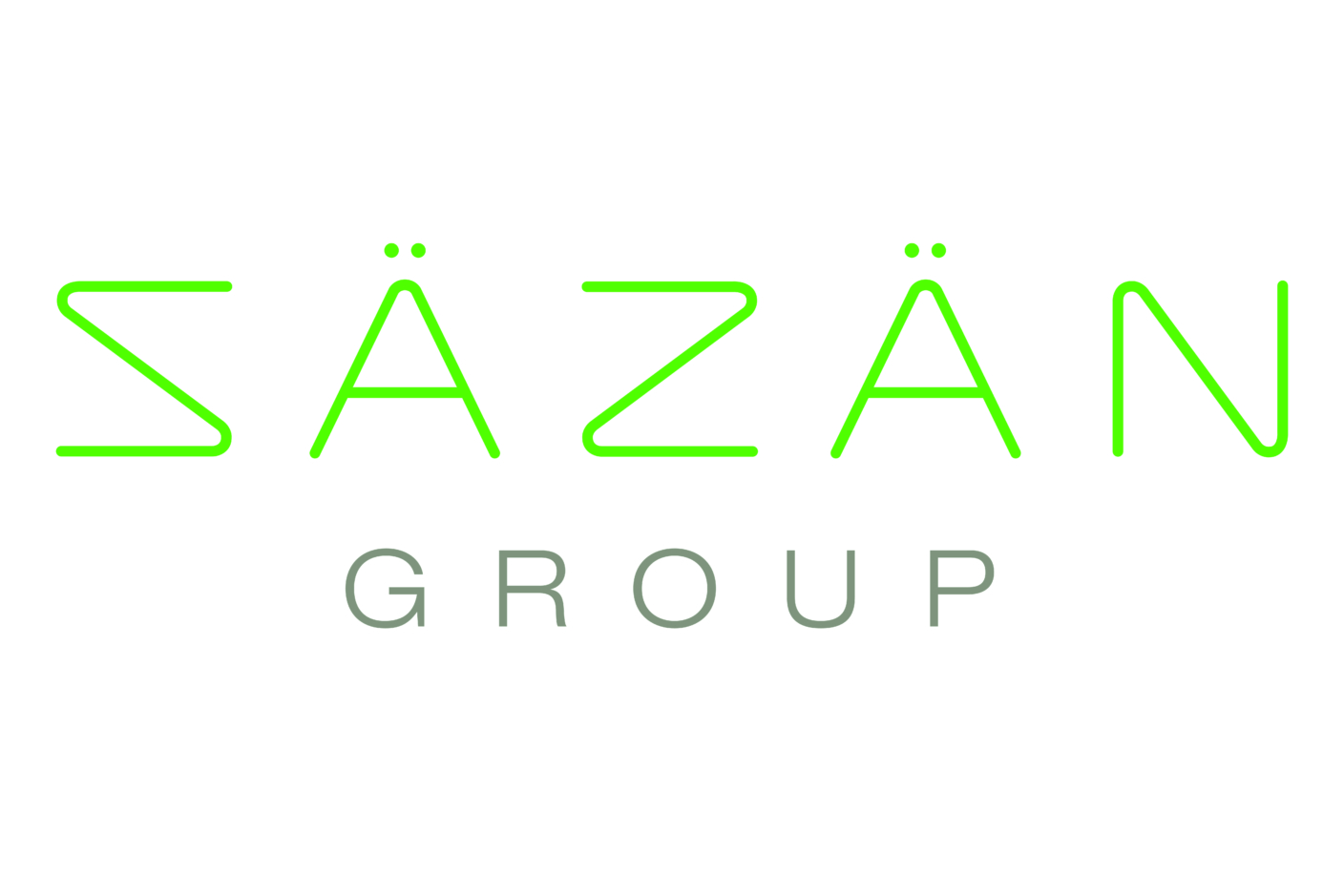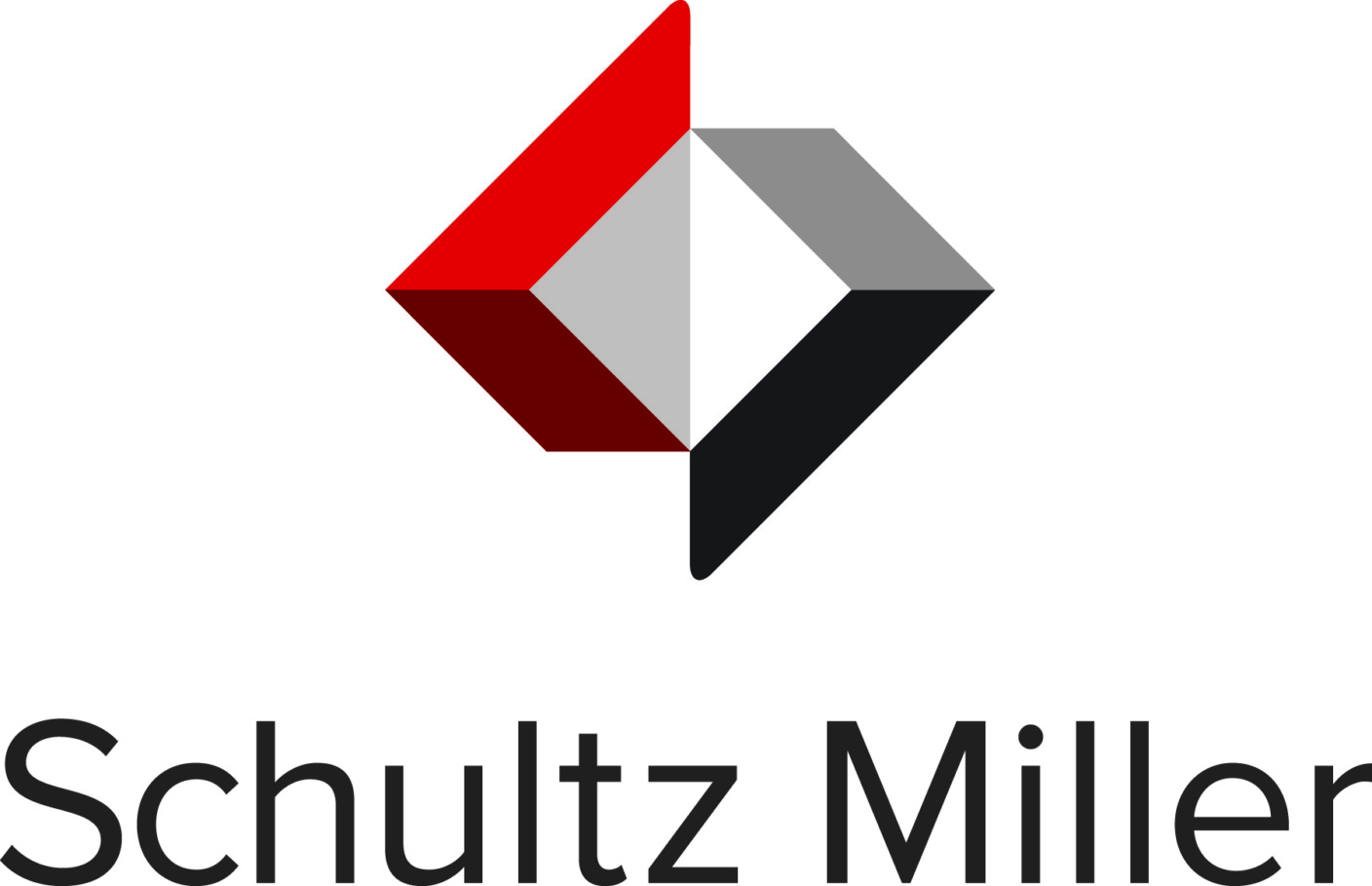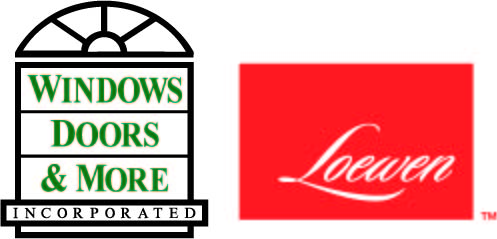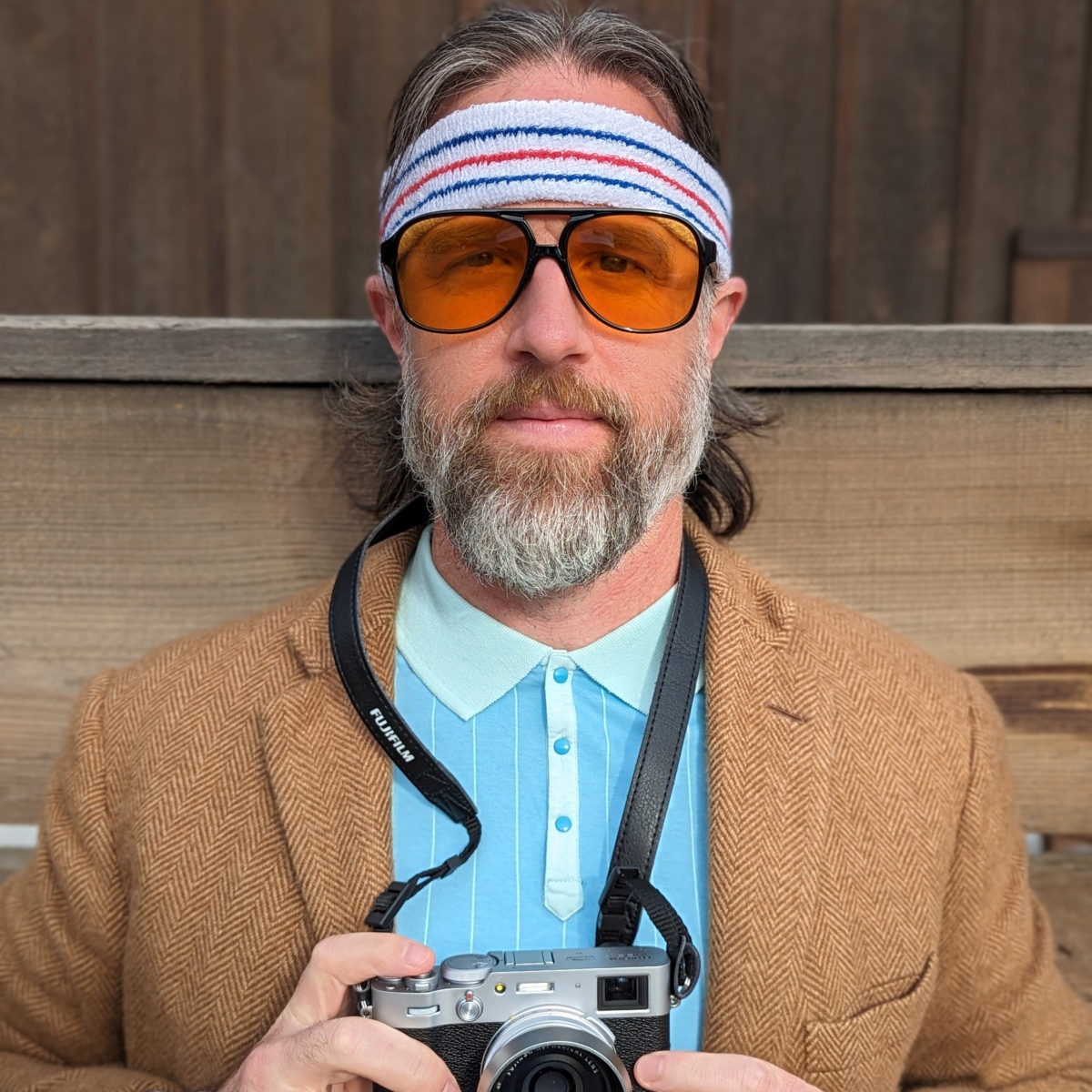As this public health crisis continues to evolve, we are committed to providing as many up to date resources as possible. Since many counties are being – or have been – approved for Governor Jay Inslee’s “Phase 2,” there is a growing need for guidance regarding how to prepare your workplace for re-opening. Below, we have compiled a list of resources that aim to support businesses and firms in their strategizing for this.
Here is the link to Governor Inslee’s “Safe Start” plan in its entirety. This plan outlines four phases of “reopening,” to be applied for on a county-by-county basis, depending on the four criteria which are also outlined in the document. Your county must be in Phase 2 before employees can start returning to the office on more than a temporary basis.
Reopening plans:
Use these toolkits to develop your own reopening plan.
- All employers must develop their own unique plans based on checklists.
- Plans should be self-monitored and updated regularly based on evolving public health guidelines
- Plans should be communicated to the workforce, posted at entrances for visitors, and emailed to employees and visitors.
Webinars/Virtual Events:
- AIAU’s Reopening Safely: Guidance for Architecture Firms half-day live webinar on Wednesday, July 15th
Toolkits:
- AIA National Re-Occupancy Assessment Tool
- Boston Consulting Group’s WA Business Checklist (Inslee designated resource)
- Seattle & Bellevue Chambers of Commerce’s Reopening the Workplace Toolkit (more detail may be downloaded here)
- Cushman & Wakefield’s Recovery Readiness How to Guide for Reopening your Workplace
- A Return to Work Guidance whitepaper from USI Insurance Services, including information about protecting health & safety when re-opening your office
Resources for Sourcing PPE:
- AWB’s Rebound & Recovery: resources, tools and WA state sourcing for PPE and more
Cloth Face Masks: Look for masks made with at least 2 layers of fabric. It should cover your nose and mouth without large gaps. The mask should have ear loops or ties so you can adjust it. For people who wear glasses, look for a mask with a bendable border at the top so you can mold the mask to fit the bridge of your nose and prevent your glasses from fogging. Professional masks should be reserved for health care workers on the front lines caring for patients. Here are some resources for cloth face coverings:
Hand Sanitizers and Disinfectants: Many of the local distilleries are producing sanitizer/disinfectant. This is liquid, not like the gel kinds and is readily available. These can be sprayed on hands and used to wipe down surfaces:
Other related resources:
Do you have resources to share? Let us know!




